Basically an upgunned SU-85
By early 1944 the SU-85M came into production with the new sloped casemate designed for the SU-100 and a reworked ball mantlet. It also shared the largely produced commander cupola of the T-34/85. It was a stopgap tank assessing some parts of the SU-100 model, which mounted a new 100 mm (3.94 in) high velocity, very long barrel version of the D5S gun, called the D10.Genesis
By mid-1944 the SU-85 already proved unable to penetrate the sloped armor of the late Panthers and Tigers. At the same time, the T-34/85 was equipped with the same gun, but with a 360° arc of fire, arriving en masse to the front. The SU-85s days were counted and despite the arrival of the new improved SU-85M, a new design based on a better antitank gun was needed to keep the edge on the battlefield in terms of tank-hunters.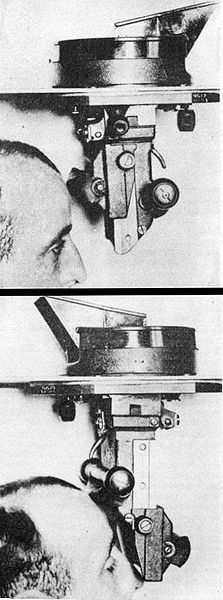
Closely related to the SU-85, the SU-100 incorporated much of its design, around the new D10 100 mm (3.94 in) antitank gun. Chief designer was L. I. Gorlitskiy, who created the "Obyekt 138" in February 1944, the prototype designed to test several 100 mm (3.94 in) mounts. Only one, the D-10S, from the Constructors Bureau of Artillery Factory No. 9, was retained. It showed excellent performance, being able to pierce 120 mm (4.72 in) armor at up to 2000 meters (2187 yards) and the sloped 85 mm (3.35 in) frontal armor of the Panther at 1500 m (1640 yards). In fact this gun, and postwar derivatives, equipped the Russian main battle tanks T-54 and T-55 and was in service with many armies around in the world. The SU-100 was built at the Ural Heavy Machinery Factory (Uralmash), with a thicker frontal glacis, which rose to 75 mm (2.95 in), and a newly designed casemate, with a more pronounced slope, sacrificing some habitability. However, it was equipped with a new, well-conceived commander cupola, and the crew compartment was cooler due to a second ventilator. Mass production was approved in September 1944, so the SU-100 missed Operation Bagration but arrived in time for the final offensive on Germany and Berlin, while others participated in the Romanian/Hungarian offensive.
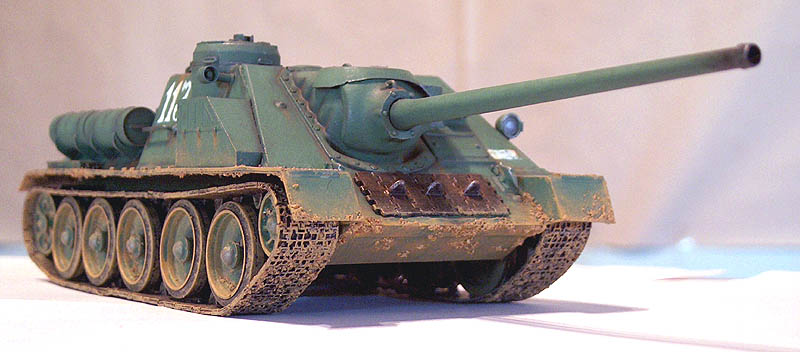 Picture of the SU-100 tank destroyer, three quarter front, 1/35 model - Credits: Wikimedia commons.
Picture of the SU-100 tank destroyer, three quarter front, 1/35 model - Credits: Wikimedia commons.
Active service history
The SU-100 arrived in operational units in October 1944 and immediately became popular with Russian crews. It was able to defeat almost every German tank on the battlefield, only to be outmatched in 1945 by the King Tiger. Popular songs and movies reflect this popularity. It became instrumental in fending off German units during Operation Frühlingserwachen at Lake Balaton in Hungary, March 1945, and helped the great offensives in eastern Prussia. Some were even found fighting in the streets of Berlin due to their awesome bunker-piercing capabilities, despite the fact they were never designed for infantry support. Like the SU-85, they lacked any secondary weapons and were conceived to fight in coordination with other covering units to deal with infantry and aircraft.No peacetime variant was adopted and production came to an end in July 1945. No less than 2335 (or 2350 depending of the sources) were built, of which many were transferred to Asia in August 1945 for the large offensive in Manchuria. Its exceptional stopping power kept the SU-100 in first line units until 1957. Production was reactivated until 1947 and transferred to Czechoslovakia during the fifties. Most were transferred to friendly countries and throughout the Warsaw pact. They saw service in Korea and Vietnam and with many other countries until the end of the Cold War. Two postwar variants were designed, the Yugoslav M44, and the Egyptian SU-100M (for "modified"). This last was a modernized, tropicalized version for the Middle East. They saw action during the 1956 Suez crisis, 1967 Six Day War and 1973 Yom Kippur war.
SU-100 specifications |
|
| Dimensions | 9.45(oa)/6.10 x 3 x 2.45 m (31/20 x 9.84 x 8.04 ft) |
| Total weight, battle ready | 30.6 tons (67,461 ibs) |
| Crew | 4 (commander, driver, loader, gunner) |
| Propulsion | Klimov Diesel V12, 493 bhp |
| Speed (road) | 48 km/h (30 mph) |
| Suspensions | Christie vertical coil spring |
| Range | 370 km (230 mi) |
| Armament | 100 mm (3.94 in) D-10S AT gun |
| Armor | Max thickness (sloped glacis) 75 mm (2.95 in) |
| Total production | 2335 |

Early production vehicle, October 1944.

Early production SU-100, Northern Front, fall 1944.

Mid-production SU-100, Poland, January 1945.

Mid-production SU-100 in Berlin, May 1945.

SU-100 Soviet tank destroyer. late production version, unknown unit, May 1945.*
Gallery
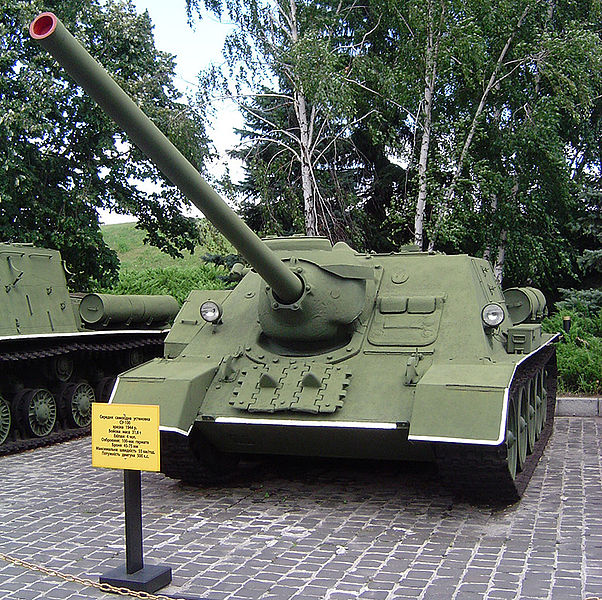
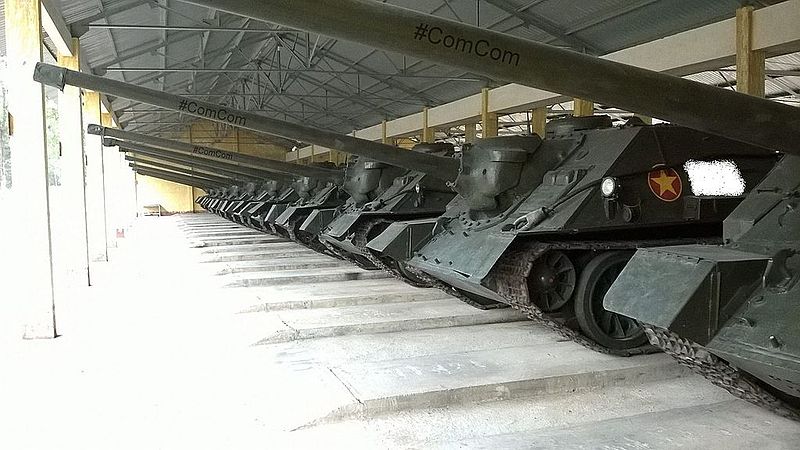
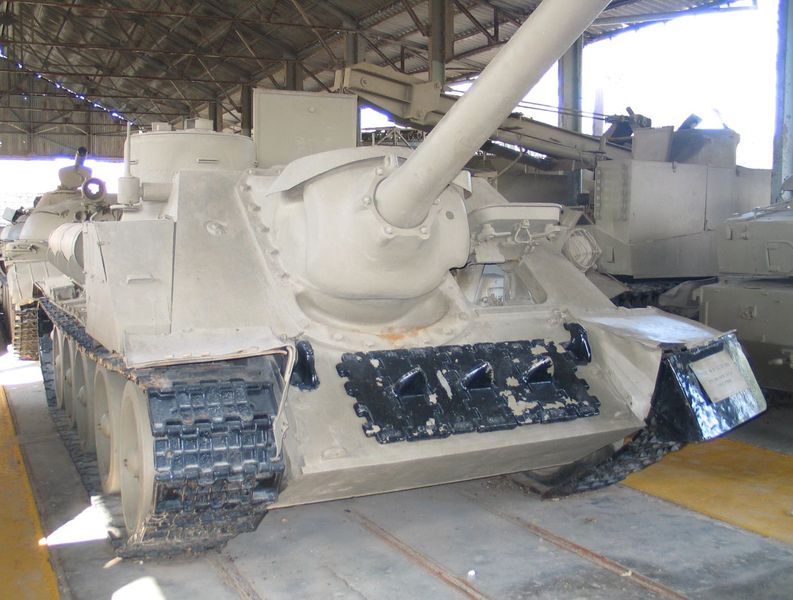
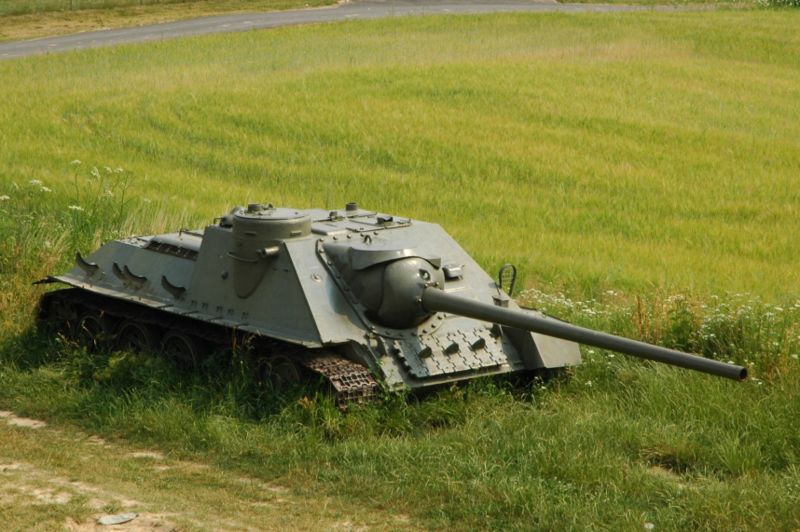
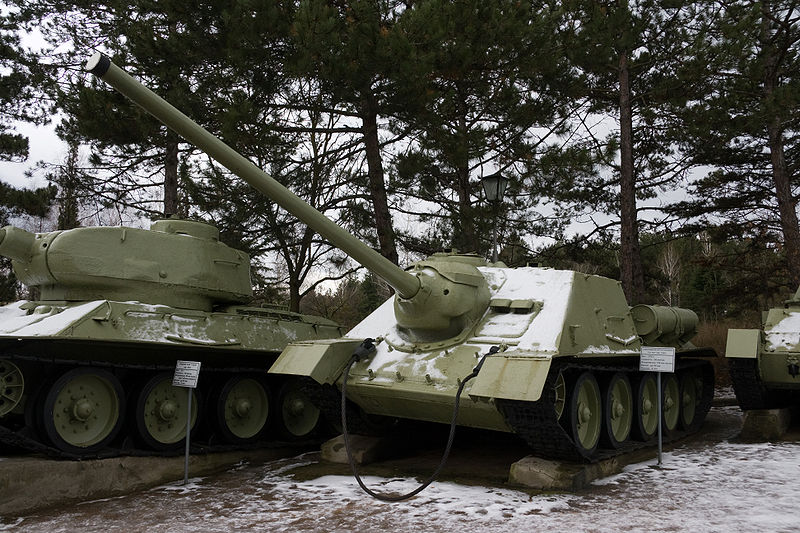
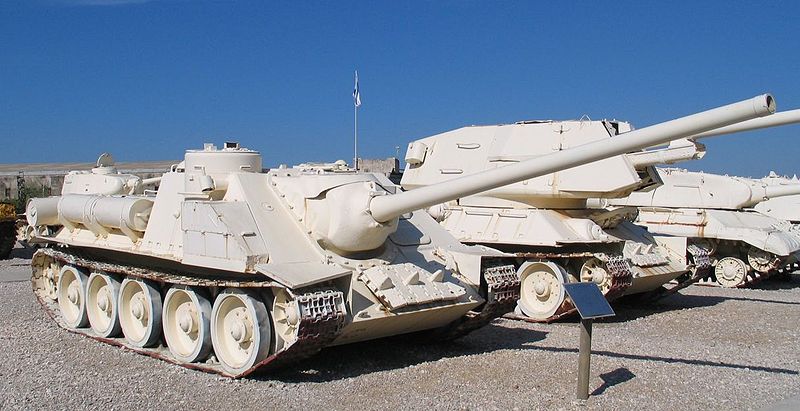
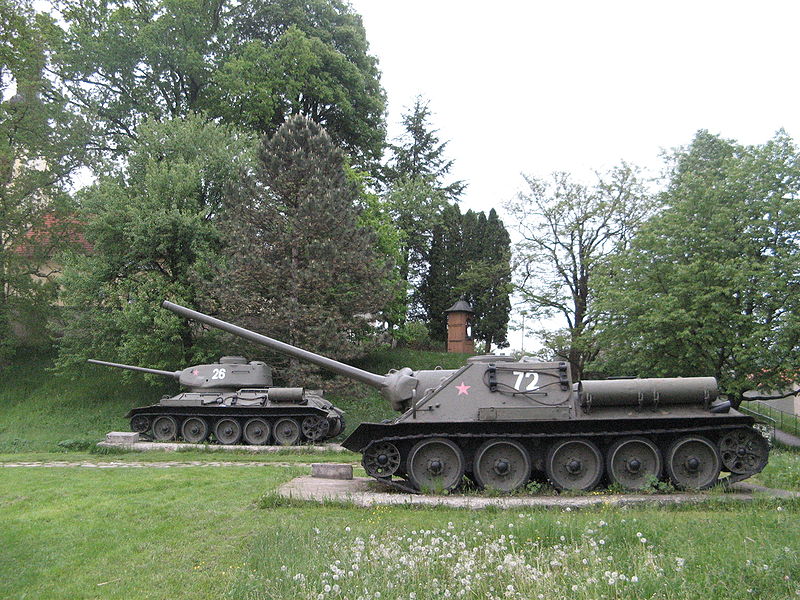
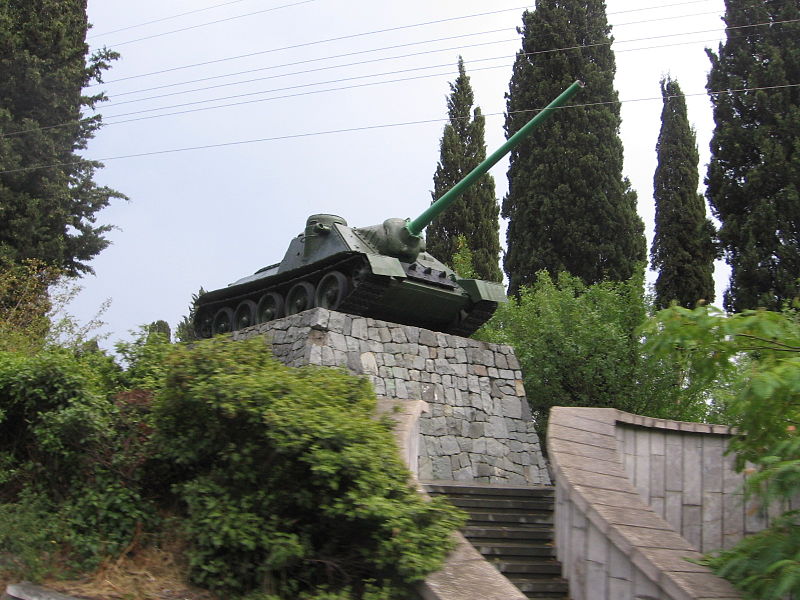
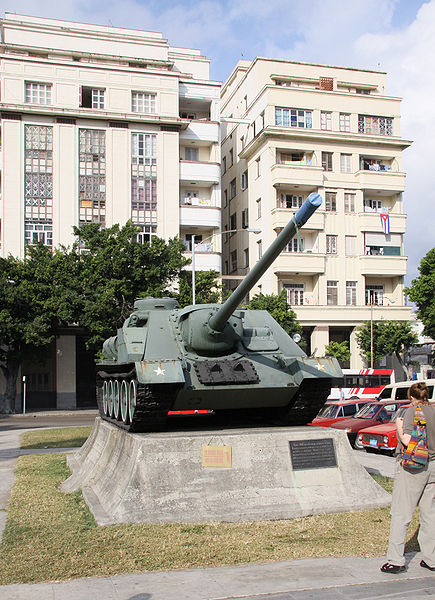
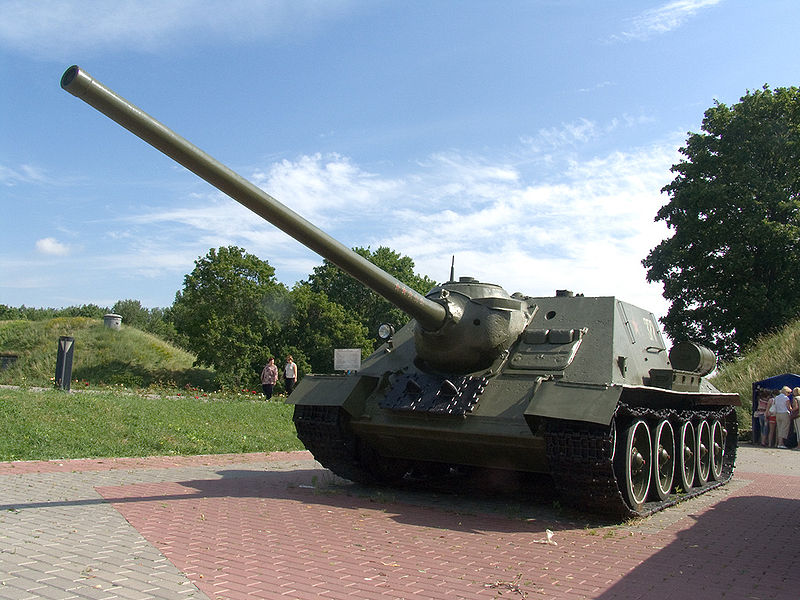
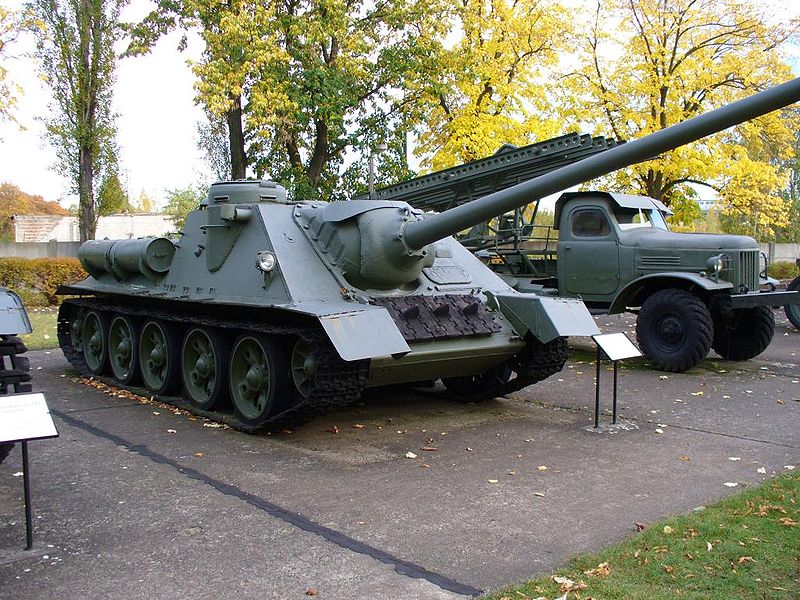
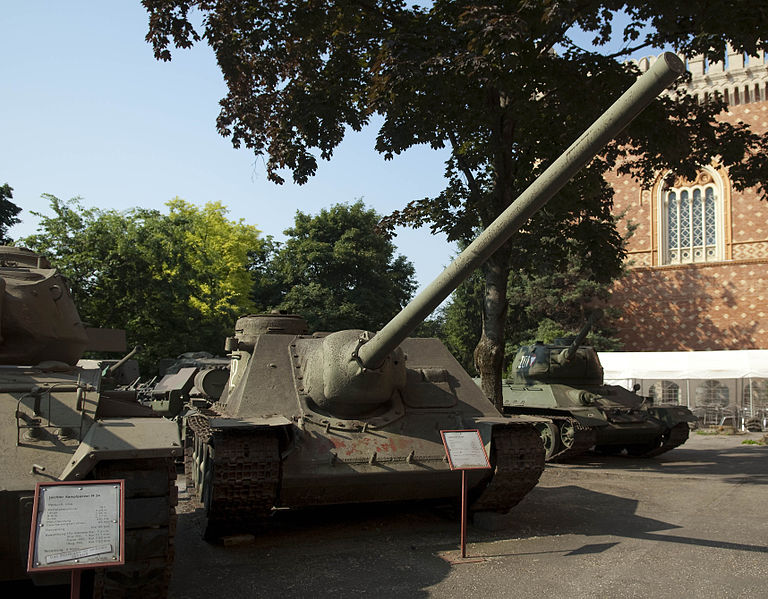
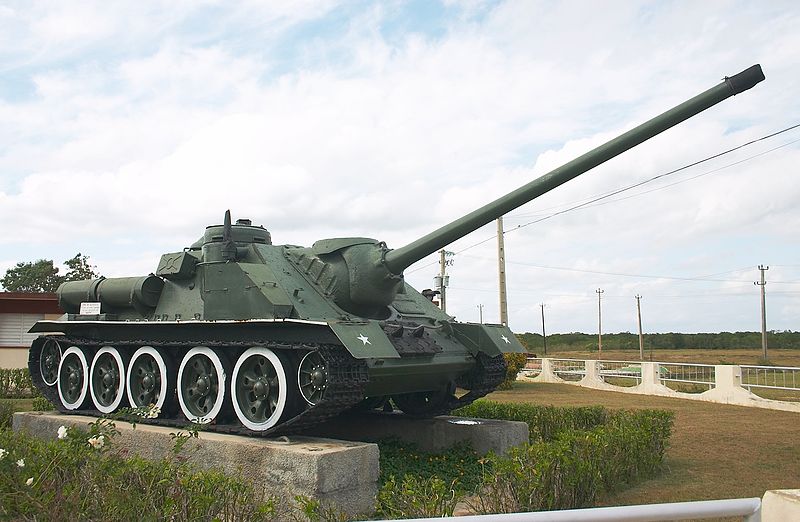
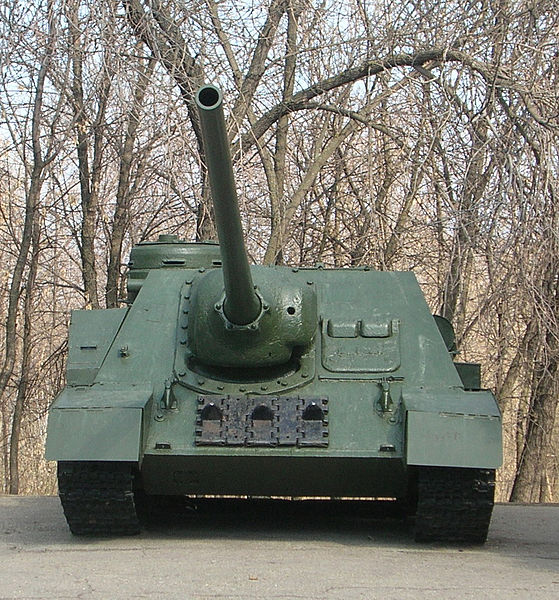
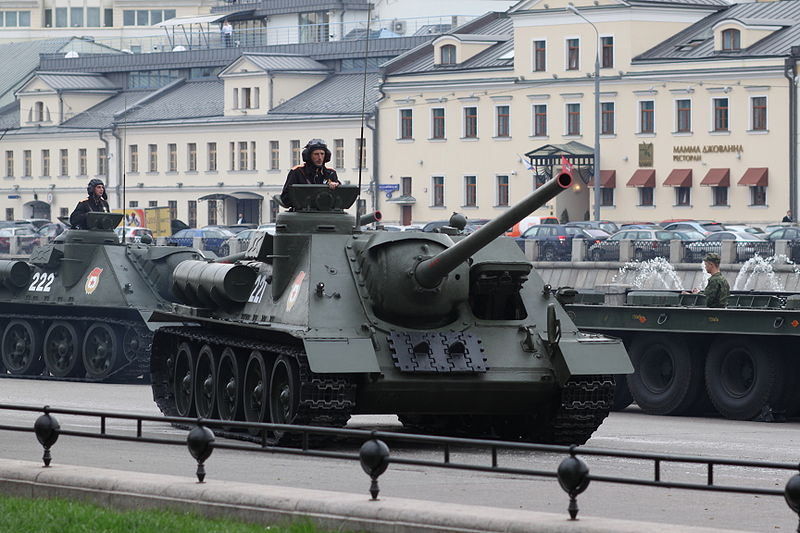
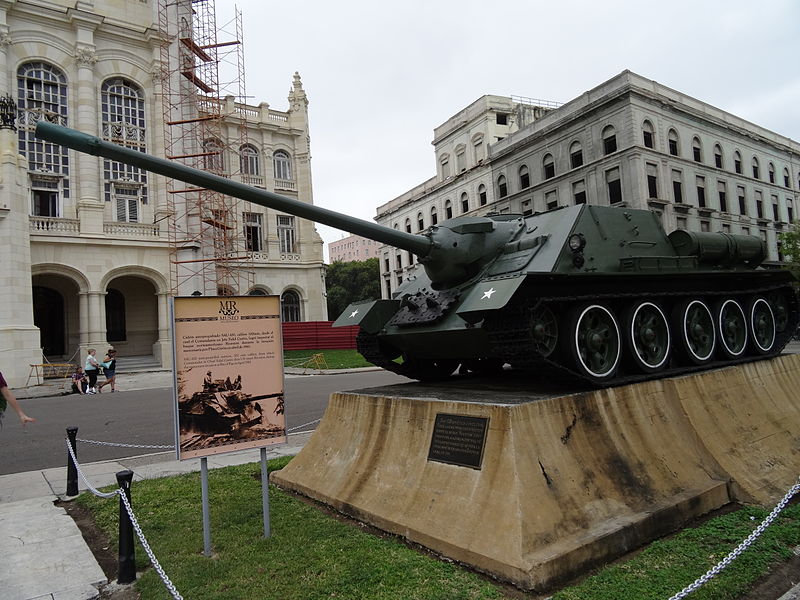
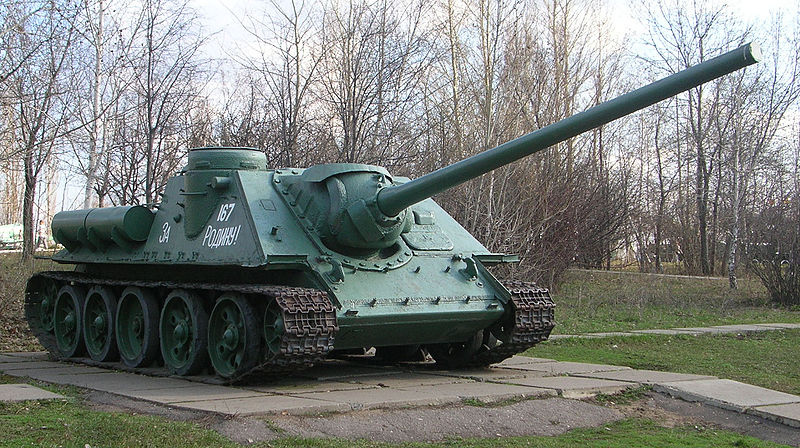
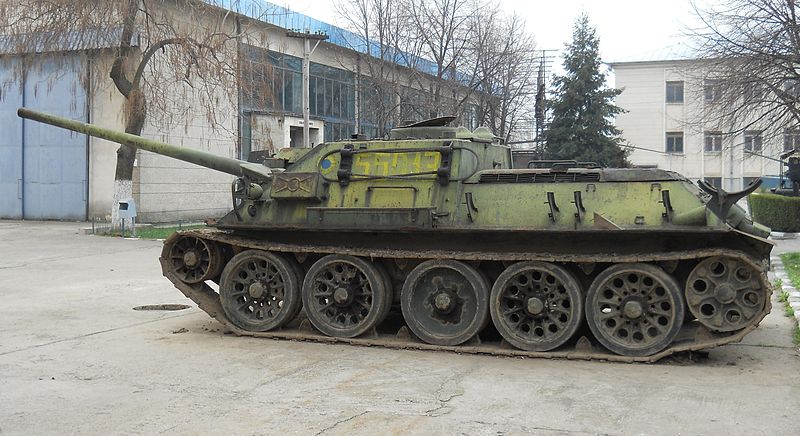
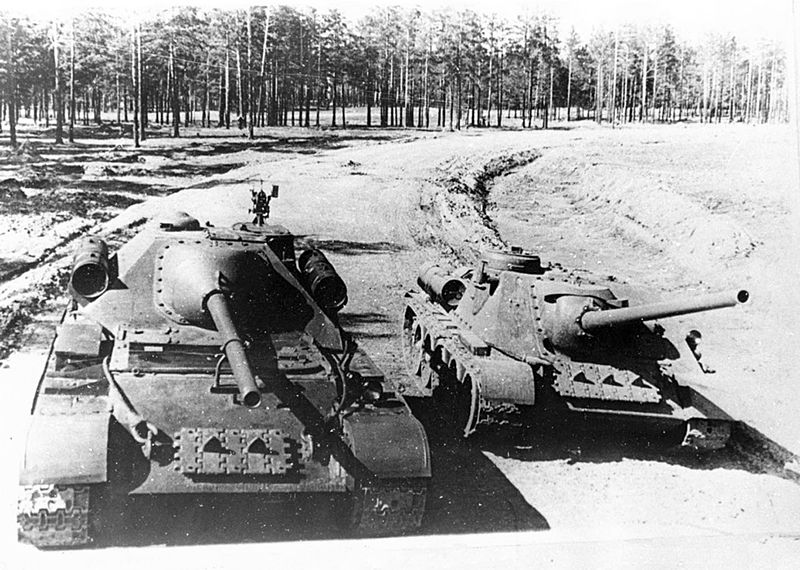
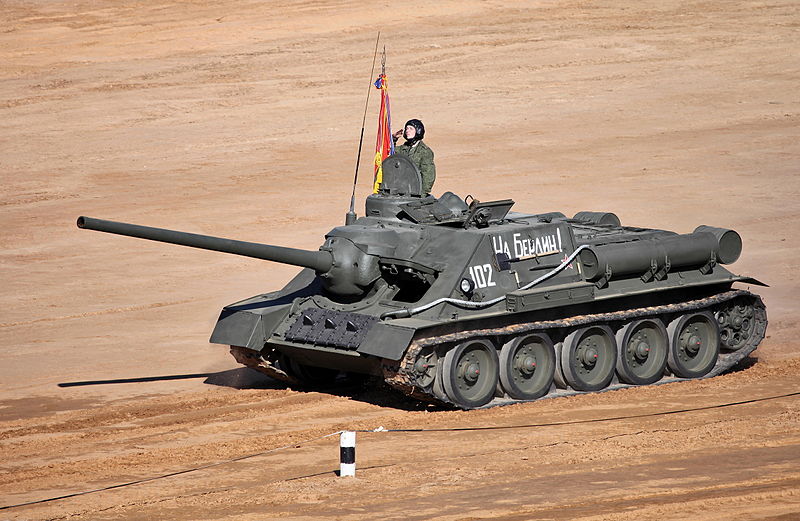
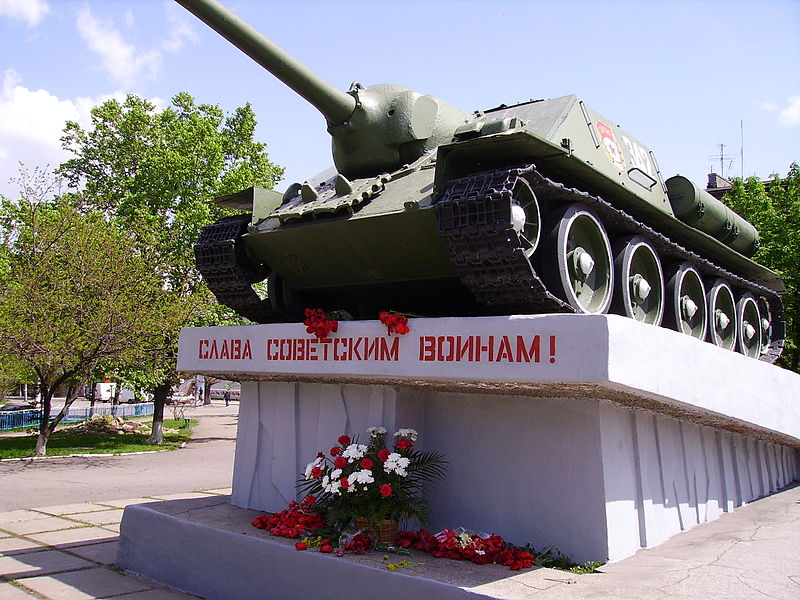

WW2 Tanks




























WW2 tanks posters

All Tiger tanks liveries.

Panther liveries and variants

WW2 Armour - All tanks











Tanks aces and single tanks series

Find more there

Museums, Movies, Books & Games
The Tanks and Armor in pop culture
Tanks and armored vehicles in general are only really grasped when seen first person: The mass, the scale, it's all there. Explore also the way tanks were covered in the movie industry, in books and in video games.Movies:
Best tanks movie on warhistoryonline.com
On imdb.com
On bestsimilar.com/
miltours.com
liveabout.com/
watchmojo.com
Video Games:
pcgamesn.com
historyhit.com
levvvel.com
vg247.com/best-tank-games
mmobomb.com/
alienwarearena.com

